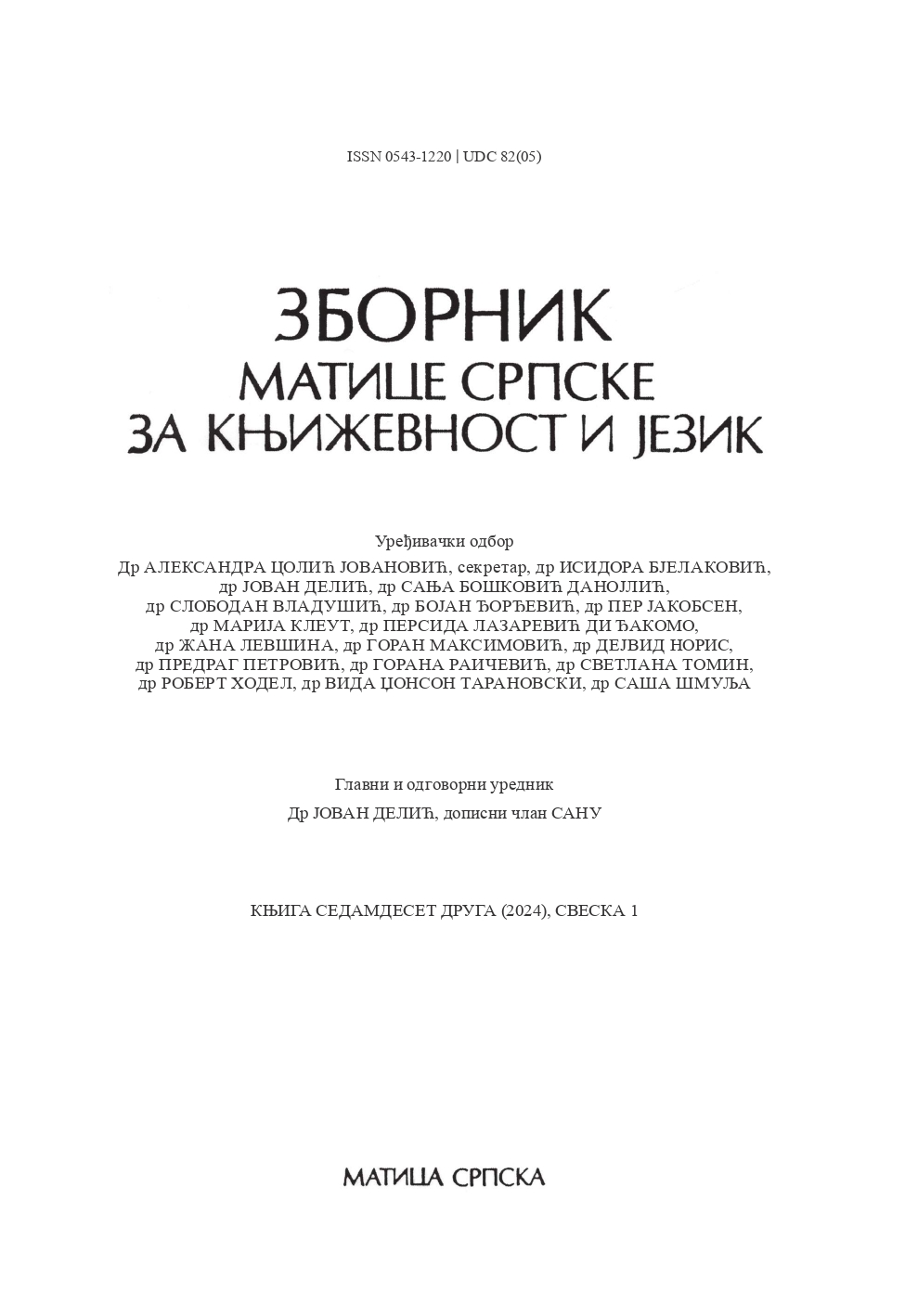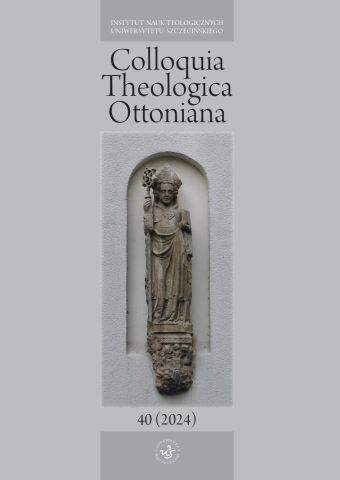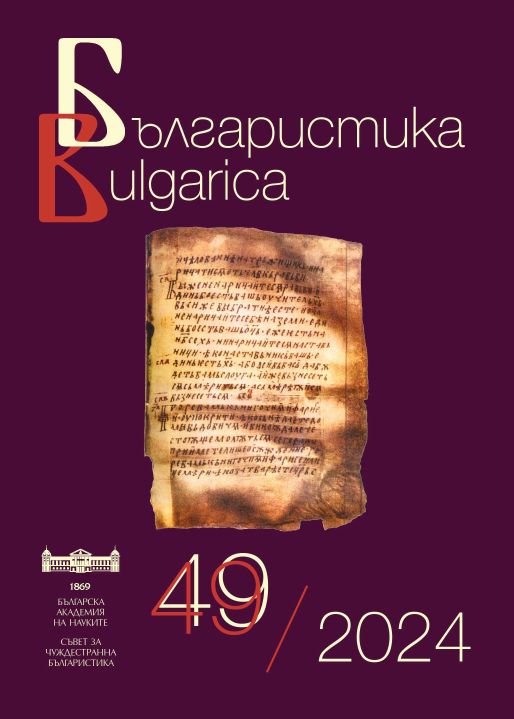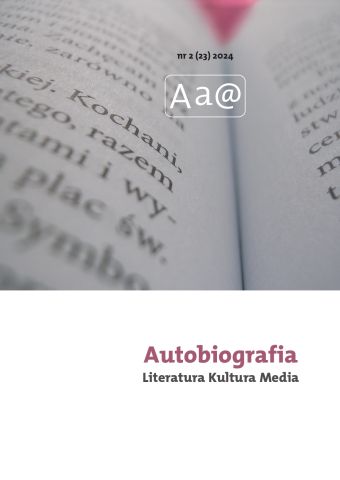Author(s): Jelena V. Jovanović,Stanislav R. Stanković,Selena Stanković / Language(s): Serbian
Issue: 1/2024
Par le biais d’une analyse littéraire et traductologique examinée d’une manière parallèle, nous avons essayé de répondre sous divers aspects à certaines questions provoquées par la relation créative entre Veljko Milićević et Guy de Maupassant. L’impulsion, venue de la traduction du conte français Le Horla faite par Milićević et d’une courte note avant la traduction, s’est avérée très fructueuse, révélant que l’écrivain serbe était un bon connaisseur des langues serbe et française, des circonstances littéraires françaises, mais aussi un destinataire attentif des œuvres de Maupassant. En transférant Le Horla de sa version française à la version serbe, les valeurs du contenu, les qualités stylistiques et expressives de l’original et en évoquant ainsi l’atmosphère originale d’inquiétude et d’inconfort, Milićević a réussi à rapprocher les lecteurs serbes du début du 20e siècle de la poétique de la littérature moderne de l’Europe occidentale à l’époque, en s’inspirant en même temps de cette poétique. Ce n’est pas un hasard si l’attention de l’analyse traductologique est dirigée vers les unités linguistiques qui dans Le Horla désignent des phénomènes inhabituels, miraculeux et magiques, le sentiment de peur, d’horreur et d’appréhension, l’état d’anxiété et d’hallucinations, l’inconscient et l’irrationnel – elles représentent les points nodaux de la stratification esthétique, sémantique et émotionnelle du texte. Le travail de traduction a évidemment incité Milićević à relier plus étroitement sa poétique de Bespuće, créée trois ans après la traduction du Horla, à Maupassant. L’analyse comparative détaillée a montré que le jeune écrivain a tiré de la nouvelle le noyau thématique et idéologique, les procédures de caractérisation psychologique, l’accent mis sur le monde intérieur du héros dont les actions étaient complètement libérées de la motivation réaliste qui prévalait jusque-là ; Milićević suit également la voie du pessimisme maupassantien, un peu celle du naturalisme, jusqu’à certaines fines particularités stylistiques.
More...






